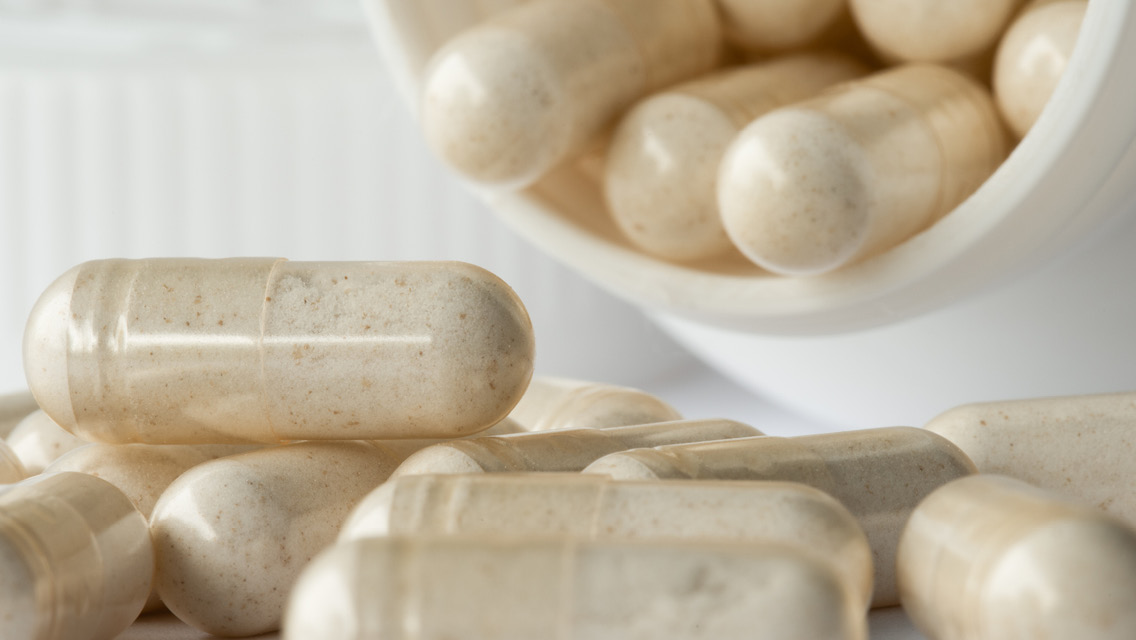Choosing a probiotic supplement can be daunting. “The FDA does not regulate supplements, and many times the customer does not know what they are or are not getting,” notes Morra. Still, better probiotics share some common traits:
- They contain genetically identified, well-researched strains like those listed earlier. (An internet search can reveal the level of research on any strain.)
- They’re free of all major allergens as well as artificial colors, flavors, and preservatives.
- They contain a guaranteed number of living units through the expiration date.
- They’re made with good manufacturing practices (GMP). Look for GMP certification or USP (U.S. Pharmacopeial Convention) verification on the label.
- They’re tested by an independent laboratory to verify label claims.
Some, but not all, quality probiotics need to be refrigerated. Freeze-dried capsules and soil-based probiotics generally don’t require it. If the label recommends refrigeration, be sure the seller has followed that instruction.
The number of colony-forming units (or CFUs) does not appear to be important, and more is not necessarily better. “If the probiotic is potent enough, you don’t need hundreds of billions of units,” notes Rountree, adding that beneficial ranges will vary among probiotic categories.
With soil-based probiotics, for instance, 2 billion units are probably enough to make a difference, while many Lacto-Bifido blends feature CFUs ranging from 25 billion to 50 billion, and some contain even more.
Opt for a probiotic that meets the criteria for a quality supplement over one that promises the highest number of CFUs.
This was excerpted from “Everything You Need to Know About Probiotics” which was published in the April 2020 issue of Experience Life.




This Post Has 0 Comments